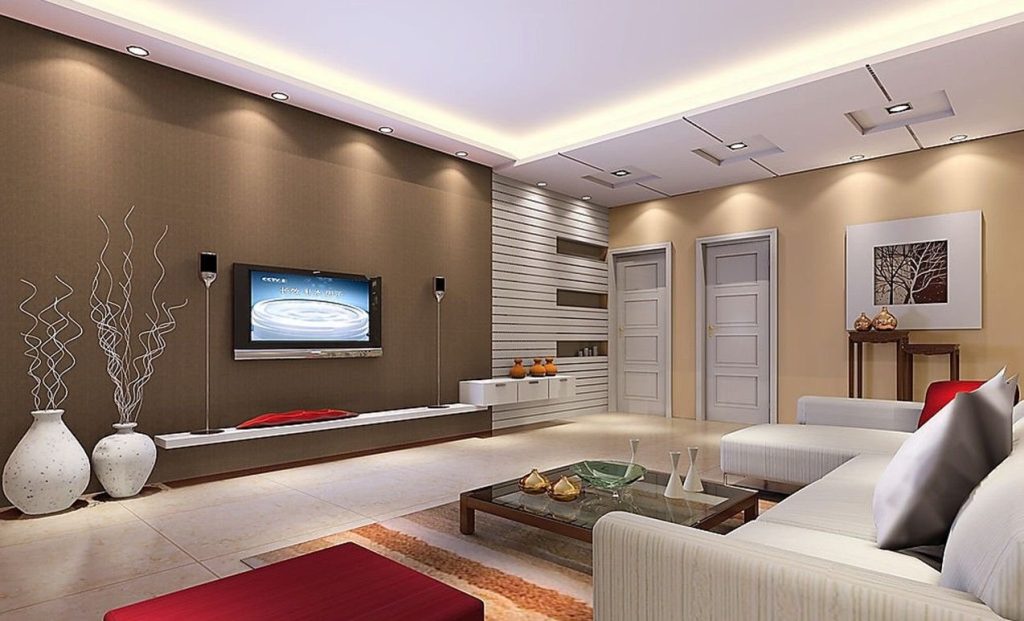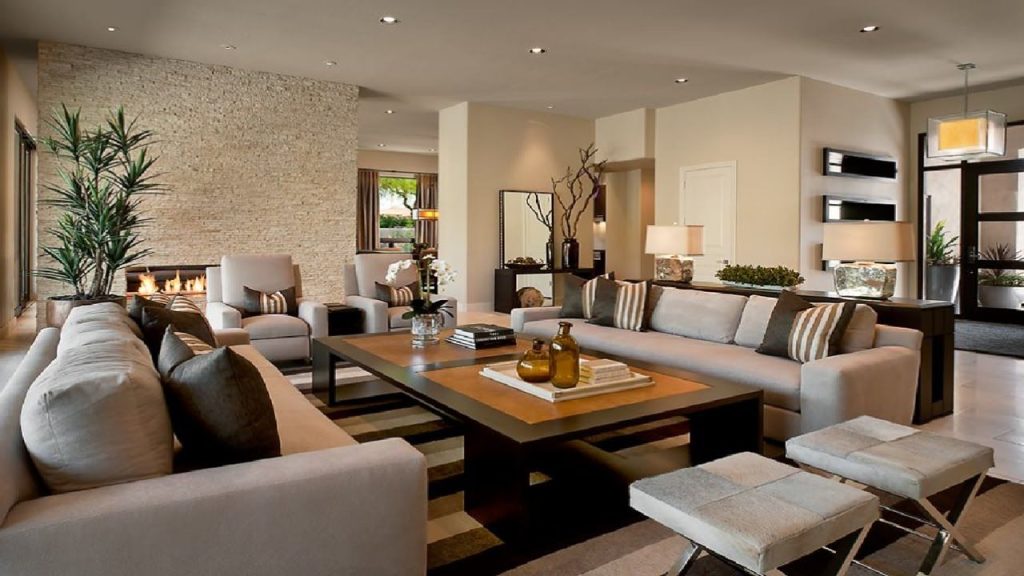Interior Design for Your Home
Interior Design for Your Home is more than just making a space look good. It’s about creating an environment that reflects your personality, meets your needs, and makes you feel at home. Whether you’re starting from scratch or looking to update your current home, here are some essential tips and ideas to help you create a beautiful and functional living space.
1. Understand Interior Design for Your Home Style
Before diving into interior design, it’s crucial to understand your style. Are you drawn to modern, minimalist spaces, or do you prefer a cozy, traditional look? Interior Design for Your Home Take time to explore different styles and identify what resonates with you. Interior Design for Your Home This will serve as a foundation for your design decisions.

Popular Interior Design Styles:
- Modern: Clean lines, neutral colors, and minimalistic decor.
- Traditional: Rich colors, elegant furniture, and classic patterns.
- Contemporary: A blend of modern and traditional elements with a focus on comfort.
- Industrial: Raw, unfinished look with exposed brick, metal, and wood.
- Bohemian: Eclectic and vibrant with a mix of patterns, colors, and textures.
2. Plan Your Space
Effective space planning is key to a well-designed home. Consider the layout and flow of each room, ensuring there’s a natural progression from one area to another. Interior Design for Your Home Think about how you’ll use the space and arrange furniture accordingly to maximize functionality and comfort.
Tips for Space Planning:
- Define Zones: Create specific areas for different activities, such as a reading nook or a dining area.
- Consider Traffic Flow: Ensure there’s enough space for easy movement around furniture.
- Balance Furniture: Distribute furniture evenly to avoid overcrowding one side of the room.
3. Choose a Color Palette
Colors play a significant role in setting the mood of a room. Select a color palette that reflects your style and complements the overall theme of your home. Use a mix of primary, secondary, and accent colors to create a balanced and harmonious look.
Color Ideas:
- Neutral Tones: White, beige, and gray for a clean and timeless look.
- Bold Hues: Deep blues, vibrant reds, and rich greens for a dramatic effect.
- Soft Pastels: Light pinks, blues, and yellows for a calming and soothing atmosphere.
4. Invest in Quality Furniture
Furniture is a long-term investment, so choose pieces that are both stylish and durable. Opt for timeless designs that can adapt to changing trends and personal preferences. Interior Design for Your Home Comfort is also essential, so prioritize pieces that are as functional as they are attractive.
Furniture Tips:
- Sofa: A comfortable and well-made sofa is a must for any living room.
- Dining Table: Choose a table that fits your space and can accommodate your dining needs.
- Storage Solutions: Invest in stylish storage options to keep your home organized and clutter-free.
5. Add Personal Touches
Personalize your home with decor and accessories that reflect your personality and interests. Artwork, family photos, and unique collectibles can add character and make your space truly your own.
Personalization Ideas:
- Wall Art: Hang paintings, prints, or photos that you love.
- Decorative Items: Use vases, candles, and sculptures to add visual interest.
- Textiles: Incorporate rugs, cushions, and throws for added comfort and style.
6. Pay Attention to Lighting
Lighting can dramatically impact the ambiance of a room. Use a combination of ambient, task, and accent lighting to create a well-lit and inviting space. Interior Design for Your Home Consider natural light sources and use window treatments that enhance the light rather than block it.
Lighting Tips:
- Ambient Lighting: General lighting for overall illumination, such as ceiling lights.
- Task Lighting: Focused lighting for specific tasks, like reading lamps or under-cabinet lights.
- Accent Lighting: Decorative lighting to highlight features, like wall sconces or spotlights.
7. Embrace Greenery
Plants are a fantastic way to bring life and freshness into your home. They add color, improve air quality, and create a calming environment. Interior Design for Your Home Choose plants that suit your space and lifestyle, whether low-maintenance succulents or lush, leafy greens.
Plant Ideas:
- Small Spaces: Use hanging planters or wall-mounted pots to save floor space.
- Large Rooms: Opt for statement plants like fiddle leaf figs or monsteras.
- Low Light: Consider low-light plants like snake plants or pothos for darker areas.
Conclusion
Creating a beautifully designed home is a rewarding process that involves careful planning, thoughtful choices, and personal touches. Interior Design for Your Home By understanding your style, planning your space, choosing the right colors, investing in quality furniture, adding personal touches, paying attention to lighting, and embracing greenery, you can create a home that is both stylish and functional.



0 comments